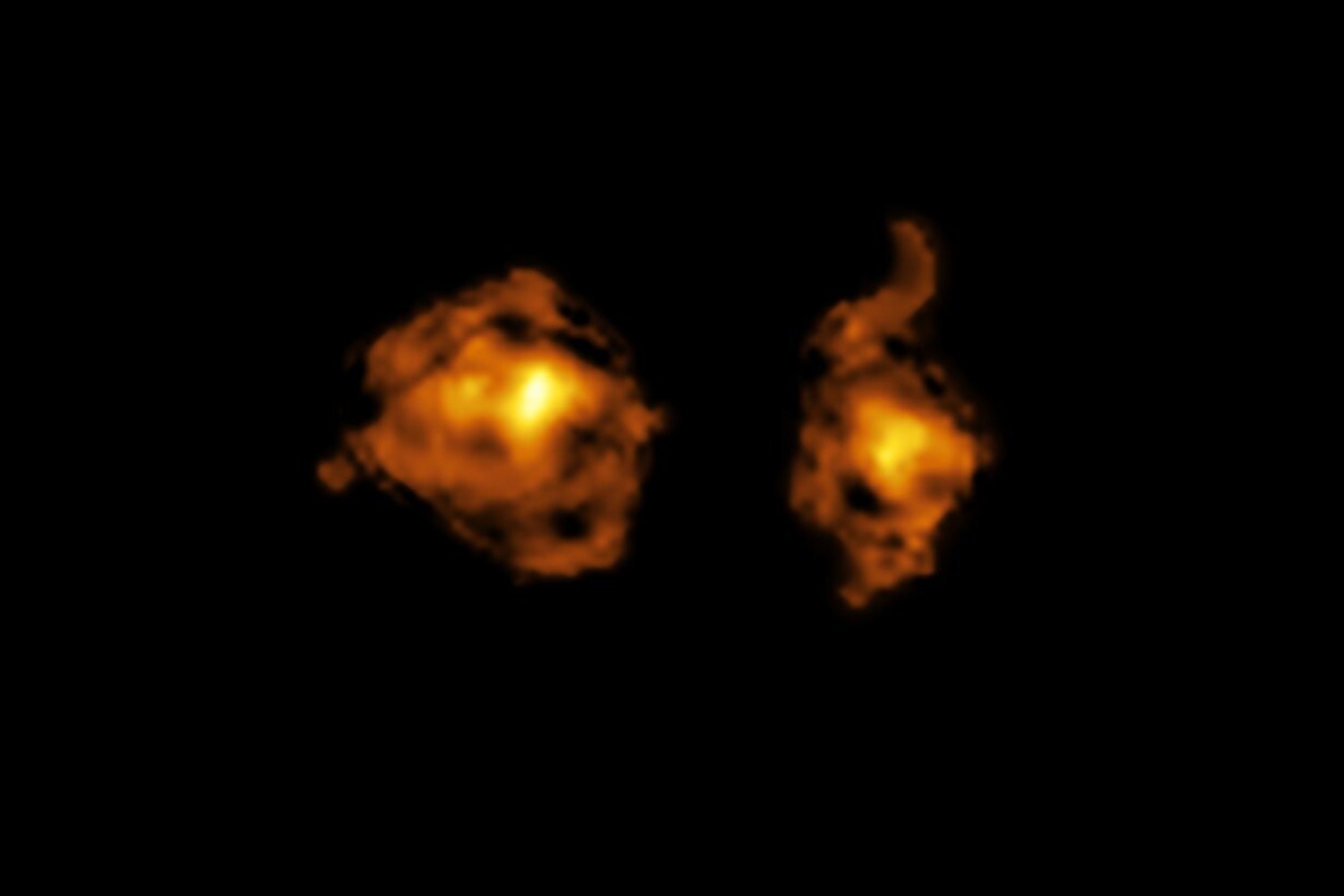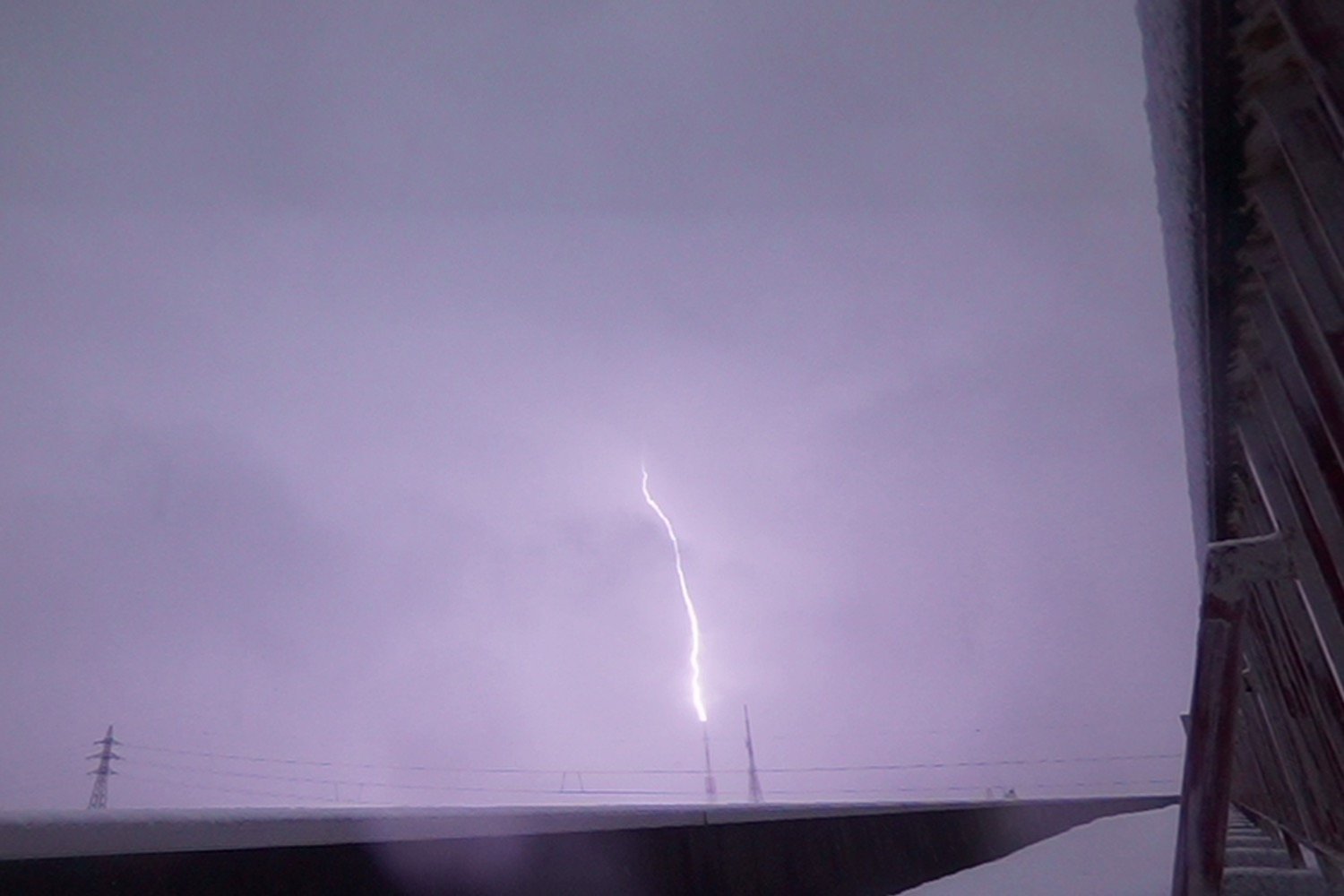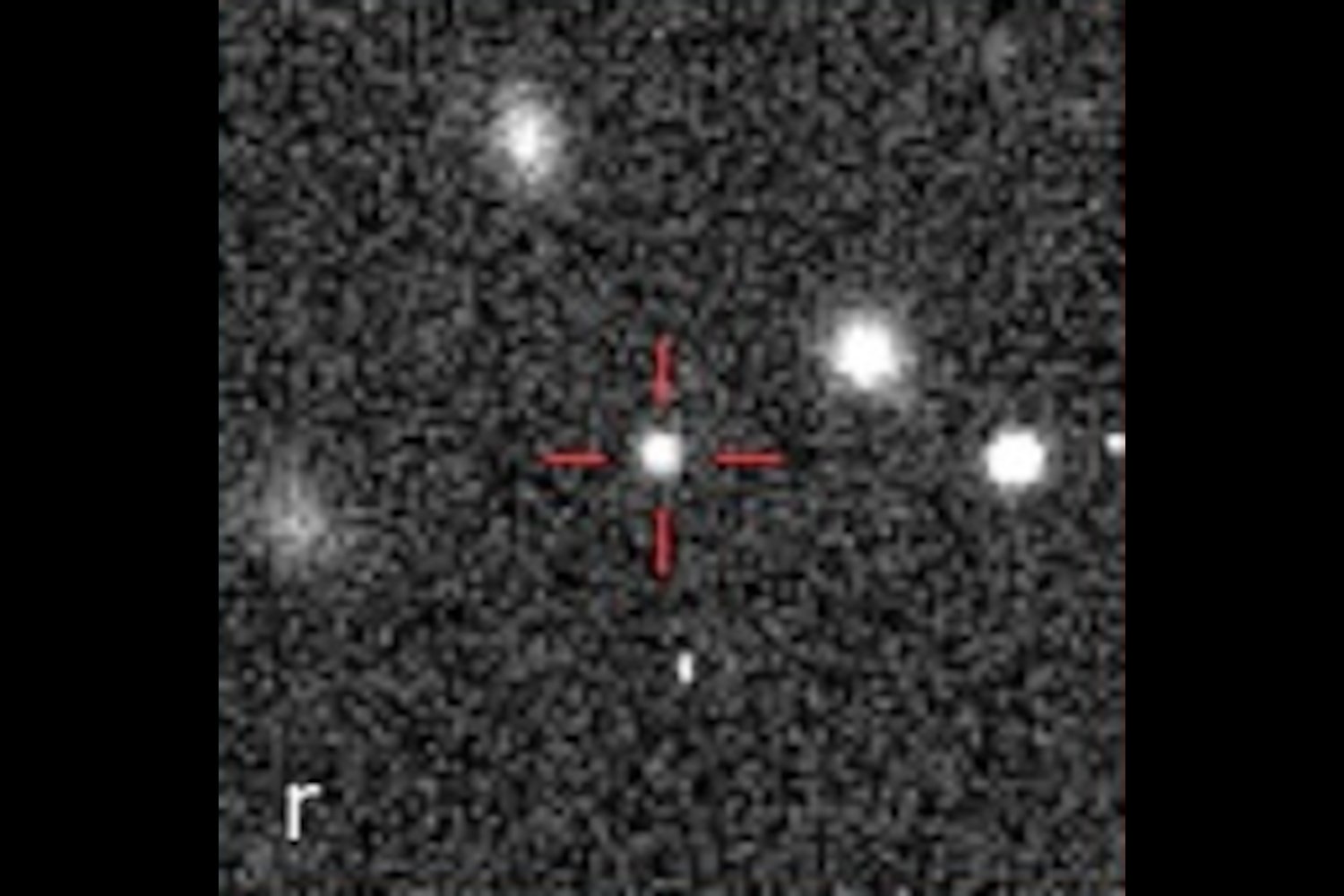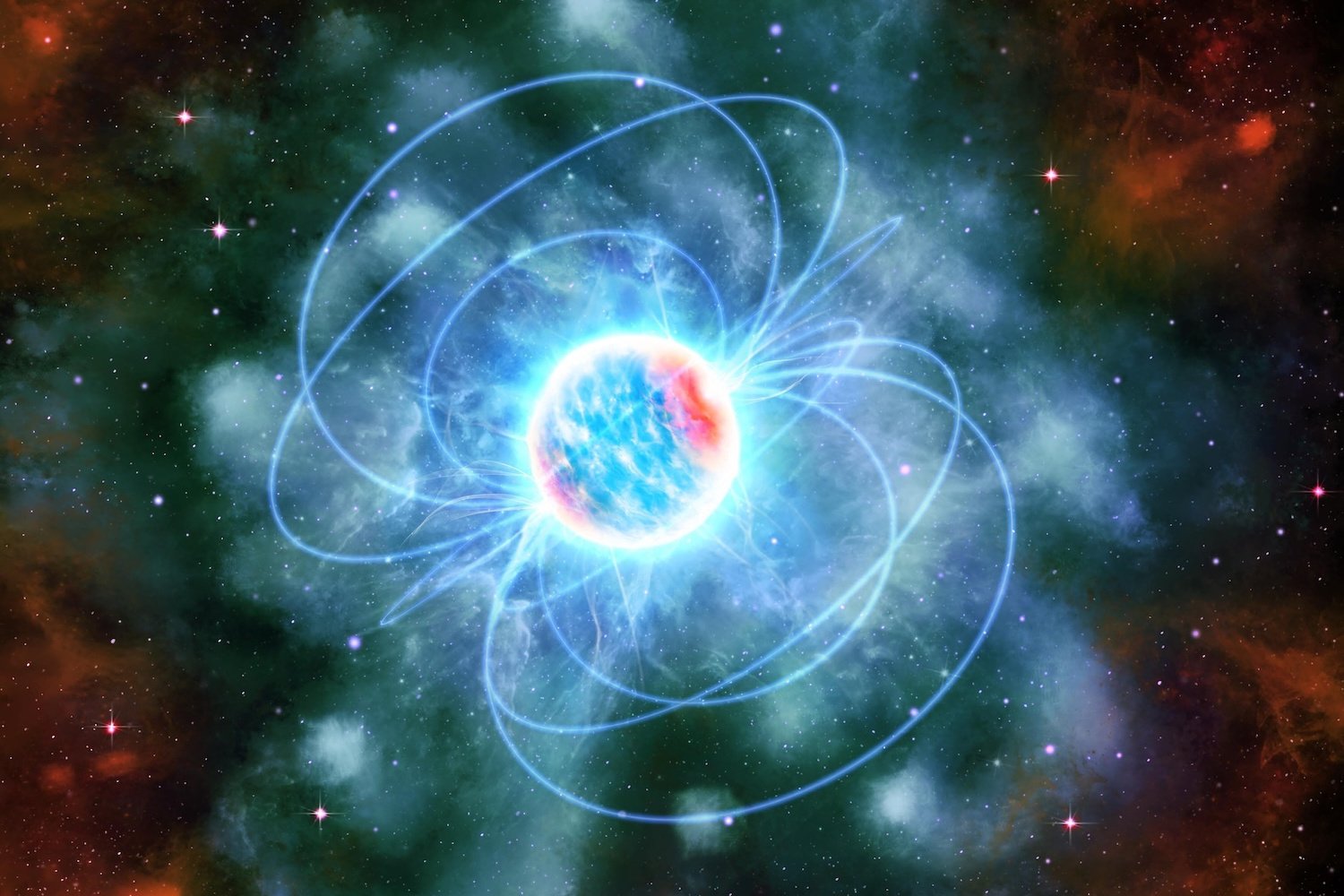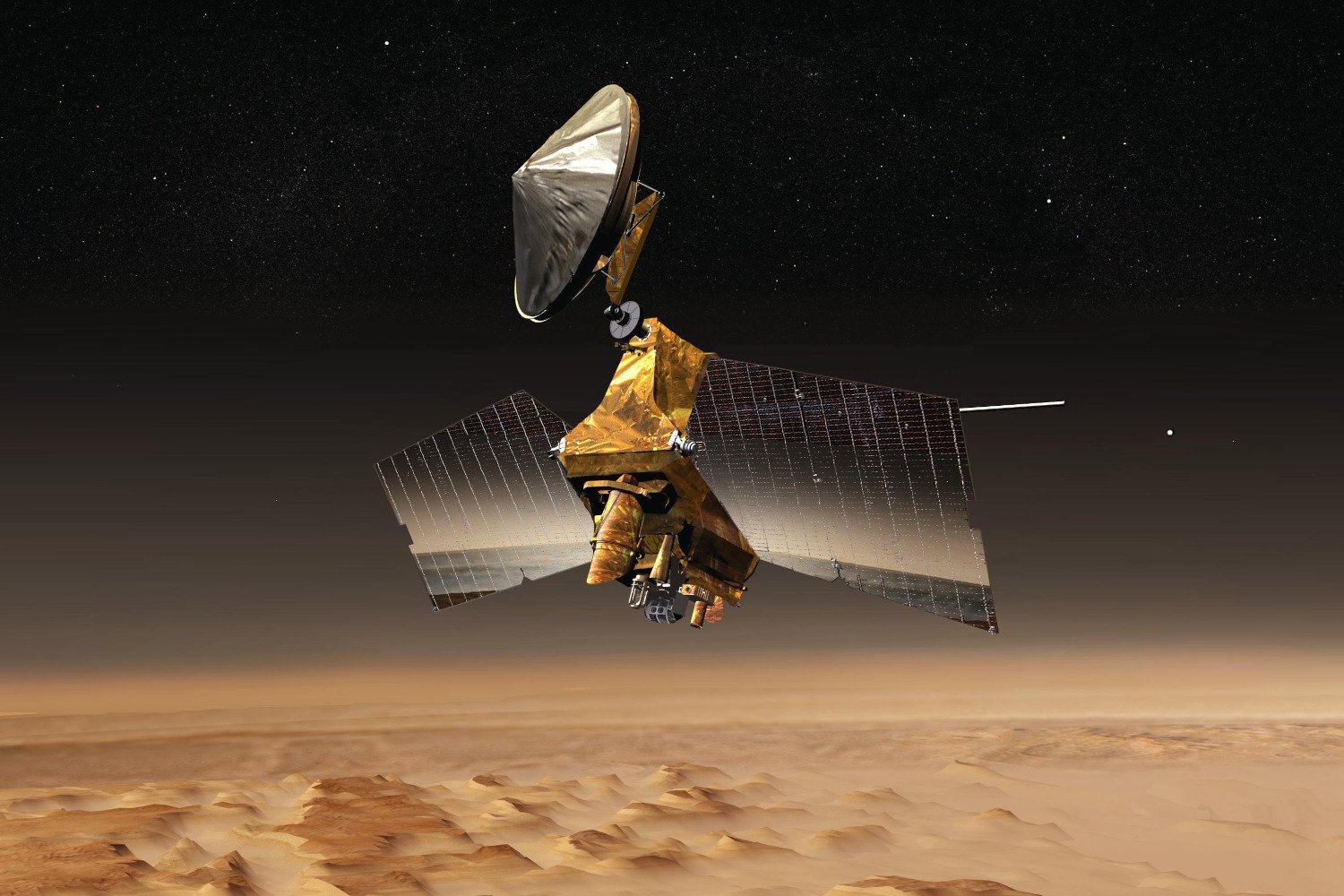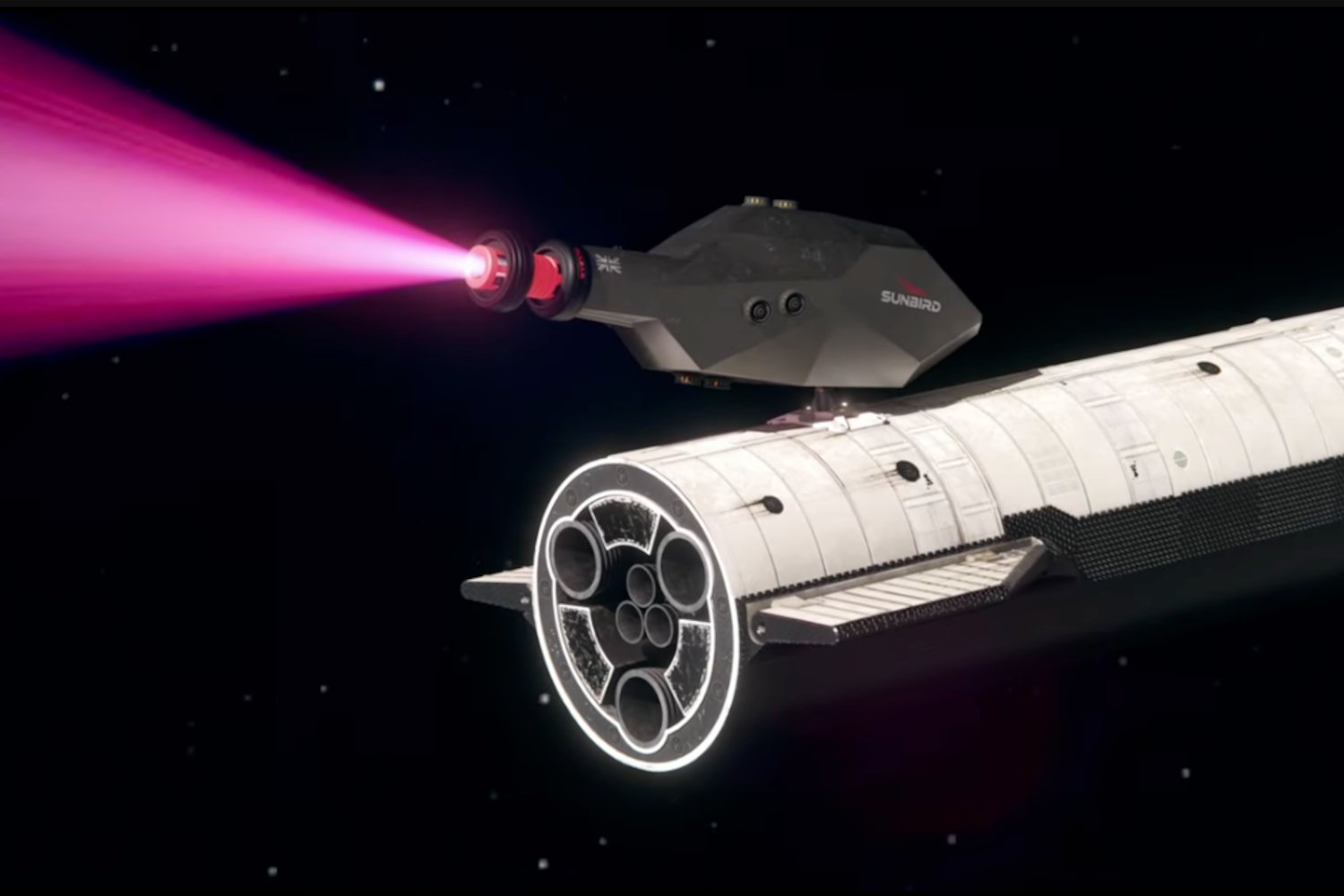The universe is a chaotic realm of exploding stars, black holes devouring matter, and rogue planets drifting aimlessly. Amidst this cosmic turmoil, astronomers are intrigued by the discovery of an almost perfectly spherical object—a bubble of material left behind by a supernova explosion. This unexpected symmetry raises questions about its formation and evolution.
The Discovery of Teleios
The object, dubbed Teleios (Greek for “perfect”), was identified as a galactic supernova remnant using data from the Australian Square Kilometer Array Pathfinder. Supernova remnants are expanding clouds of debris formed after a star’s explosive death. This particular remnant, located within the Milky Way, exhibits remarkable circular symmetry, setting it apart as one of the most spherical objects ever observed in the universe. The findings have been submitted to the Publications of the Astronomical Society of Australia and are available on the preprint server arXiv.
A Faint and Distant Object
Despite its perfect shape, Teleios is surprisingly faint, boasting one of the lowest surface brightness levels among known supernova remnants. Its distance from Earth remains uncertain, estimated to be between 7,175 and 25,114 light-years. This vast discrepancy impacts our understanding of Teleios’s age and size.
Size and Age Uncertainties
The two distance estimates imply significantly different sizes for Teleios. If closer to Earth, it would be approximately 46 light-years across, suggesting an age of less than 1,000 years. However, if located further away, its size would be closer to 157 light-years, implying an age exceeding 10,000 years.
The Missing X-rays
Adding to the mystery, Teleios is only detectable in radio wavelengths. Modeling suggests it should also emit X-rays, but these are absent. One possible explanation is that Teleios resulted from a Type Ia supernova, which occurs in binary star systems containing a white dwarf. These events can leave behind a surviving companion star alongside the supernova remnant. A nearby star fits this profile, suggesting a much smaller size for Teleios—just 11 light-years across. However, this size doesn’t align with either of the current distance estimates.
Unraveling the Mystery
The researchers acknowledge the challenges in explaining Teleios’s peculiar characteristics. While the Type Ia supernova scenario seems most plausible, they emphasize the lack of definitive evidence to confirm any specific explanation. Further high-resolution observations are crucial to unravel the mystery of this perfectly round and enigmatic supernova remnant.
Conclusion
Teleios presents a fascinating puzzle for astronomers. Its near-perfect spherical shape, faintness, uncertain distance, and lack of X-ray emissions defy easy explanation. While several scenarios are being considered, further research is needed to understand the origin and evolution of this unusual celestial object. The ongoing investigation promises to reveal valuable insights into the complex processes shaping our universe.





